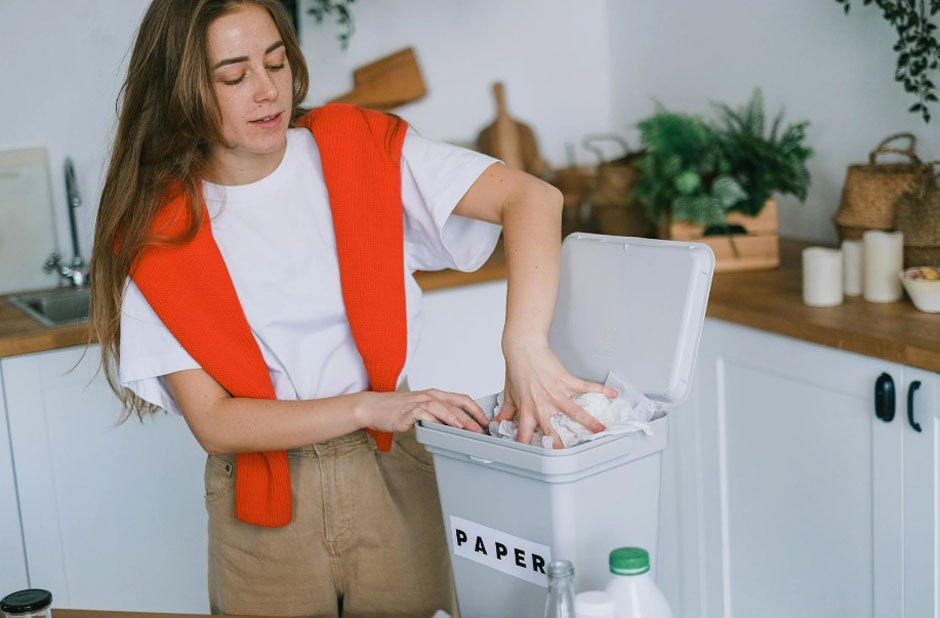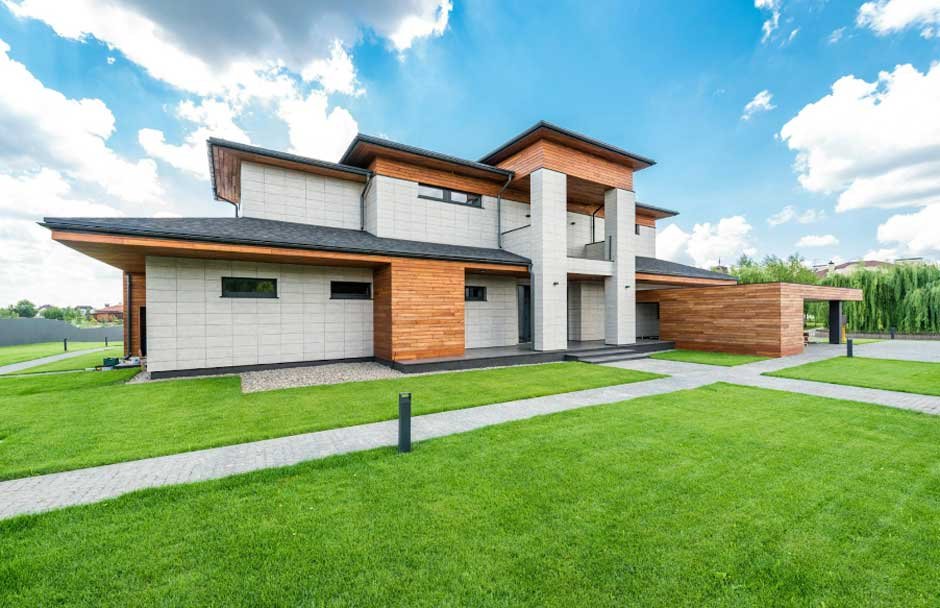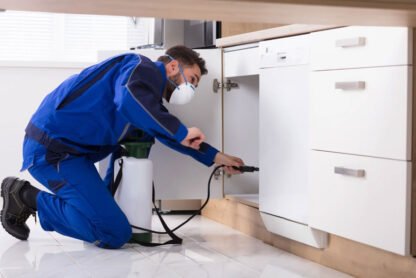In an era where environmental consciousness is more crucial than ever, many homeowners seek ways to reduce their carbon footprint and create a more sustainable living space. Installing solar panels is one such effective solution. The good news is that transforming your home into an eco-friendly haven doesn’t have to be complicated or expensive.
With a few simple changes and mindful habits, you can significantly decrease your environmental impact while saving money on utility bills. This guide will explore practical and easy-to-implement eco-tips to help you create a greener home, benefiting the planet and your wallet.
This article provides practical eco-friendly tips for homeowners creating a more sustainable living space. From energy-saving techniques to waste-reduction strategies, you’ll discover simple yet effective ways to reduce your carbon footprint and potentially lower your utility bills.
Optimize Your Home’s Energy Efficiency
Optimizing energy usage is one of the most impactful ways to create a greener home. This reduces your carbon footprint and can lead to significant savings on your energy bills.
Harness Solar Power
Consider investing in affordable solar panels to power your home. Solar energy is a clean, renewable source that can significantly reduce your reliance on grid electricity and lower your carbon footprint. Many homeowners find that the long-term savings on energy bills offset the initial installation costs.
Embrace Natural Light and Energy-Efficient Lighting
Start by maximizing the use of natural light in your home. Open curtains and blinds during the day to reduce the need for artificial lighting. When artificial light is necessary, switch to LED bulbs, which use up to 75% less energy than traditional incandescent bulbs and last much longer.
Upgrade to Energy-Efficient Appliances
When it’s time to replace old appliances, opt for energy-efficient models. Look for the ENERGY STAR label, which indicates that the appliance meets strict energy efficiency guidelines set by the U.S. Environmental Protection Agency and the Department of Energy.
| Expert Tip: Schedule a professional energy audit for your home. An energy auditor can identify areas where you’re losing energy and provide tailored recommendations for improvement. |
Manage Waste and Promote Recycling

Effective waste management is crucial for a greener home. Reducing, reusing, and recycling can significantly decrease your household’s environmental impact.
Set Up a Comprehensive Recycling System
Create a dedicated space for recycling in your home. Use clearly labeled bins for different materials (paper, plastic, glass, metal) to make sorting easy for all household members. Familiarize yourself with local recycling guidelines to ensure you’re recycling correctly.
Reduce Single-Use Items
Replace disposable items with reusable alternatives. Swap paper towels for cloth napkins, plastic water bottles for reusable ones, and single-use food storage bags for washable containers or beeswax wraps.
Upcycle and Repurpose
Before throwing something away, consider if it can be repurposed or upcycled. Old furniture can be refinished, glass jars become storage containers, and worn clothing can be transformed into cleaning rags or craft projects.
Manage Pests Sustainably
When dealing with pests, opt for people—and pet-friendly home pest control experts. These methods often focus on prevention and use natural or low-toxicity products when treatment is necessary.
| Why This Matters: Sustainable pest management protects your home and beneficial insects, pets, and the surrounding ecosystem. By choosing eco-friendly pest control, you contribute to a healthier environment inside and outside your home. |
Reduce Water Consumption

Water conservation is another crucial aspect of creating a greener home. By reducing water waste, you’re conserving a precious resource and lowering your water bills.
Install Water-Efficient Fixtures
Replace old faucets, showerheads, and toilets with water-efficient models. Low-flow showerheads can reduce water usage by up to 60% without compromising water pressure. Dual-flush toilets allow you to use less water for liquid waste, further reducing consumption.
Collect Rainwater
Install a rainwater collection system to capture rainwater for non-potable uses such as watering your garden or washing your car. This simple solution can significantly reduce your reliance on treated municipal water for outdoor tasks.
Fix Leaks Promptly
A small drip from a faucet can waste gallons of water over time. Regularly check for leaks in faucets, pipes, and toilets and repair them promptly. This will save water and prevent potential water damage to your home.
Encourage Green Living One Step at a Time
Creating a greener home is an ongoing process that involves mindful choices and small, consistent actions. By implementing these eco-friendly tips, you can significantly reduce your environmental impact while creating a healthier, more sustainable living space. Remember, every small step counts towards a larger positive change for our planet.
As you journey to a greener home, don’t be afraid to start small. Begin with manageable changes and incorporate more eco-friendly practices into your daily life.
Encourage your family members to participate and share your efforts with friends and neighbors. By working together and sharing knowledge, we can create a ripple effect of positive environmental change, one home at a time.









